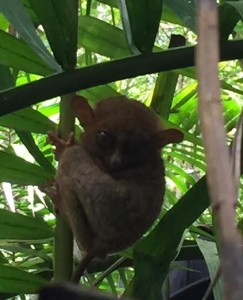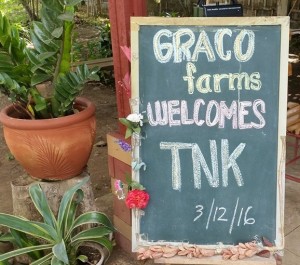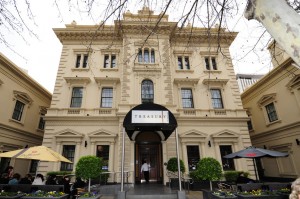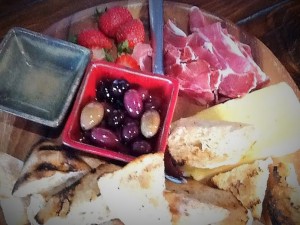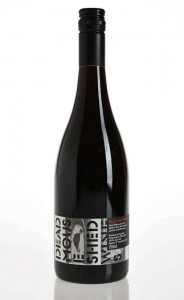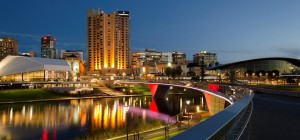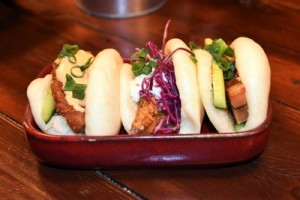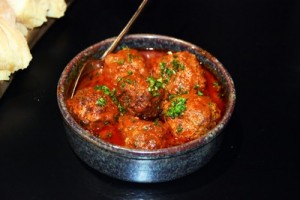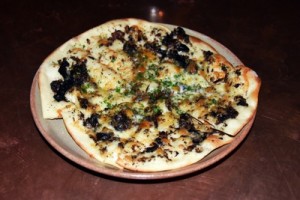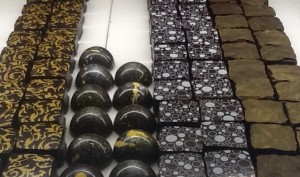 Manila is the natural habitat of the small dog, given the proliferation of high rise apartments and limited green space. In our own area of Manila, I often pass herds of tiny dogs, sometimes dressed in slippers and jackets, occasionally even riding in a pushchair. Owners of these pocket-sized pooches, somewhat surprisingly, usually have the kind of cars in which they could fit a small elephant.
Manila is the natural habitat of the small dog, given the proliferation of high rise apartments and limited green space. In our own area of Manila, I often pass herds of tiny dogs, sometimes dressed in slippers and jackets, occasionally even riding in a pushchair. Owners of these pocket-sized pooches, somewhat surprisingly, usually have the kind of cars in which they could fit a small elephant.
London is the opposite. The Mini Cooper is king and the dogs must ride on the roof, I guess, as I have no more idea of how you would squeeze an Irish wolf hound into a mini than how you would wedge in that that elephant. It brings to mind the genie in the lamp. (“Phenomenal cosmic powers! Itty bitty living space!”)
Luckily London, as I may have mentioned before, is full of parks where dogs of all shapes and sizes can stretch their legs. And in South West London, where we have settled for the Easter holidays, there are acres and acres of public parks, something Manila is desperately lacking, even for its pint-sized puppies. In London, I have found woodland, common land, riverside walking paths, public parks and private gardens, so much so that in the past week, my feet have rarely hit the pavement. And wherever I wander, I find an abundance of wildlife, flora and fauna.
Almost as soon as I landed, I headed across town to my current obsession, Hampton Court Palace, with its amazing walled gardens: a medieval  veggie patch; a rose garden (sadly not blooming in March); and the Hampton Court Wilderness, once a structured garden of high hedges and coppices within which lovers could canoodle unseen, now a spring meadow simply awash with daffodils and a sprinkling of grape hyacinths. Even Wordsworth, so familiar with golden daffodils that flutter and dance in the breeze would have been gob-smacked. I had never before realized there were so many varieties of narcissi, baptized with glorious names like ‘February Gold,’ ‘Merlin,’ ‘Spellbinder’ and ‘Rip Van Winkle.’
veggie patch; a rose garden (sadly not blooming in March); and the Hampton Court Wilderness, once a structured garden of high hedges and coppices within which lovers could canoodle unseen, now a spring meadow simply awash with daffodils and a sprinkling of grape hyacinths. Even Wordsworth, so familiar with golden daffodils that flutter and dance in the breeze would have been gob-smacked. I had never before realized there were so many varieties of narcissi, baptized with glorious names like ‘February Gold,’ ‘Merlin,’ ‘Spellbinder’ and ‘Rip Van Winkle.’
Should you have done your dash with Hampton Court, then the vast and sprawling Bushy park is only a stone’s throw away, and stretches over 1,100 acres from Kingston-upon-Thames to Hampton Court and from to Hampton Hill to Thames Ditton. Here I wandered through a broad, open landscape, past bare trees whose only foliage was flocks of squawking, screeching green parakeets that appear to have migrated from Australia. Beneath them, herds of hefty deer gathered in their now somewhat tatty winter coats. I passed horses trotting though the Royal Paddocks, their riders sensibly dressed in bright orange safety jackets.
And of course there were myriad dog walkers. My favourite sighting was two somewhat rotund, corgis looking like prosperous, bushy-tailed foxes – it no longer being permissible to dock their tails anywhere but New Zealand – or those stocky Thelwell ponies, beer-barrel bellies scraping the ground. 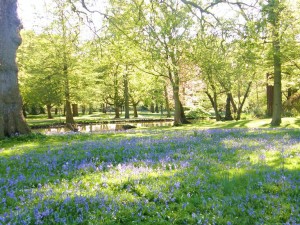 Somewhere in the middle of Bushy Park I discovered a fenced area I hadn’t noticed before. Walking through the gate was a little like going through the mirror into Wonderland, as I stepped from open, uncluttered deer park into lush woodland, festooned with ponds and streams and winding paths. The Waterhouse Woodland Garden is a woodland walk created in 1925, and further developed in 1948. Ducks and geese honked and quacked across the water, squirrels bounded up the trees, daffodils stretched their swan-like necks towards the sun, and a few tiny trees blossomed like brides with pink and white confetti. It was like a child’s painting of Eden. I was enchanted.
Somewhere in the middle of Bushy Park I discovered a fenced area I hadn’t noticed before. Walking through the gate was a little like going through the mirror into Wonderland, as I stepped from open, uncluttered deer park into lush woodland, festooned with ponds and streams and winding paths. The Waterhouse Woodland Garden is a woodland walk created in 1925, and further developed in 1948. Ducks and geese honked and quacked across the water, squirrels bounded up the trees, daffodils stretched their swan-like necks towards the sun, and a few tiny trees blossomed like brides with pink and white confetti. It was like a child’s painting of Eden. I was enchanted.
And in between these swathes of public space I have found pretty little villages and cosy towns whose main streets are full of antique shops, art galleries, coffee shops and restaurants – British history captured in a streetscape of picturesque  buildings with Tudor beams and gables, or flibbertigibbet Victorian fretwork, or Georgian pomp and soaring columns. In East Molesey, across the river from that grandiose and grandiloquent Tudor palace of Hampton Court with its wealth of elegant chimneys, we found a coffee shop full of sofas, rustic tables, built-in books shelves and eclectic artwork: a home away from home. There were even deep baskets full of organic vegetables, such as Christmas-coloured capsicums and knobbly, gnarly ginger.
buildings with Tudor beams and gables, or flibbertigibbet Victorian fretwork, or Georgian pomp and soaring columns. In East Molesey, across the river from that grandiose and grandiloquent Tudor palace of Hampton Court with its wealth of elegant chimneys, we found a coffee shop full of sofas, rustic tables, built-in books shelves and eclectic artwork: a home away from home. There were even deep baskets full of organic vegetables, such as Christmas-coloured capsicums and knobbly, gnarly ginger.
I found myself wondering why the last century has added so little to the glory of English architecture, until I remembered a handful of interesting modern structures encircling the City of London. And on a trip to St Paul’s, I suddenly saw and enjoyed the juxtaposition of an elegant Victorian church steeple aligned with the sharp-edged Shard piercing the clouds; a glimpse of the fairy tale outline of the Big Ben tower through the pupil of the London Eye; the stark industrial lines of the Millennium Bridge against the backdrop of Wren’s curvaceous cathedral. (No sign of a single swooping Death Eater, thank goodness.) No daffodils or woolly dogs here either, but the architectural variety had me spellbound as I wandered along the riverbank from Waterloo.
* With thanks to Google Images for the pup in slippers and the Woodland Garden. The daffodils are courtesy of my One & Only, and I actually took the lop-sided view of St. Paul’s cathedral and the Millennium Bridge with my new phone!





